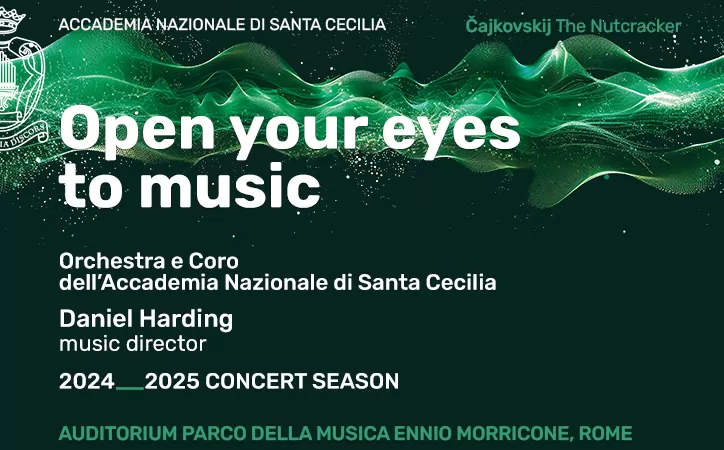Throughout the years, the Italian lifestyle seen through the eyes of tourists formed stereotypes which categorized the nature and customs of the average Italian.
Italy is one of the most fascinating countries in the world attracting tourists to explore its culture through food, traditions, art, architecture, and its strong relationship with the past seen through the beautiful landscapes.
The Italians themselves are a reason to visit the Mediterranean peninsula, as they attract visitors with their concept of the good life and good food, also called “dolce vita”. Throughout the years, the Italian lifestyle seen through the eyes of tourists formed stereotypes which categorized the nature and customs of the average Italian.
This ultimately created a character that foreigners associate with when thinking about the country. Stereotypes are in fact created through the categorization of a social group that share socially significant characteristics such as race, social status, cultural background, or religion.
The formation of the stereotypical Italian figure in modern society was contributed by their representation in movies, as in “Roman Holiday” (1953), the figure of the average Italian was seen as romantic, passionate, and adventurous, given by the setting of the story, while in “The Godfather” (1972), the figure changed into being associated with corruption and the Mafia.
Furthermore, the Italian territory is so vast that even within its regions there are stereotypes, as the North is seen as hard-working, very active and focused on business, while the South is often seen as lazy, inefficient, poor, uneducated, and only engaged in agriculture.
Therefore, stereotypes can be positive and negative, creating a prejudice for the ones who haven’t experienced the culture themselves and often limiting the opportunities of social groups to demonstrate their true nature ultimately defying the stereotypes.
The best way to understand whether certain Italian stereotypes are true or not is to travel and fully experience this beautiful culture firsthand. In the meantime, let’s explore 10 of the most common Italian stereotypes that characterize the foreign representation of this population.
1) Italians eat pasta and pizza every day
Statistically, the average Italian eats around 23.5kg of pasta every year, making Italy the first pasta producer and consumer in Europe. On the other hand, all the pizzerias in Italy combined make 1 and a half billion pizzas every year, underlining the vital role of this dish for Italy. However, after a few hours in Italy you’ll realize that Italian cuisine is much more complex, as each region has its own specialties and families hand down traditional recipes from generation to generation. Italy also offers a wide variety of street foods and is home to more than 350 Michelin star restaurants. It is therefore very difficult for Italians to limit themselves to eating only pasta and pizza every day.
2) Italians speak with their hands (gestures)
This is one of the most common Italian stereotypes and may be one of the truest. In fact, Italians often use their hands to reinforce a concept and meaning of the words that could be said instead. According to an article published by the New York Times, there are approximately 250 gestures that Italians use to communicate with each other, emphasizing their intentions and establishing a widespread body language.
3) Italians drive crazy and mostly on Vespas
There are many cliches linked to the chaotic Italian traffic and the prestigious cars, emphasized by their representation in movies like “Roman Holiday”, with the iconic Vespa. This stereotype refers to the fact that Italians don’t know how to drive, as they either drive too fast or too slowly, depending on the situation. A fairly common quote states that “In Milan, traffic lights are indications. In Rome, they are suggestions. In Naples, they are nothing more than Christmas decorations."
4) Italians are obsessed with fashion
Italians are often seen as well dressed, attentive to detail and lovers of fashion. It is no coincidence that Italian fashion and the “Made in Italy” are well known and appreciated in the world, as Versace, Prada, Valentino, Armani, Moschino have marked the history of fashion. Shopping in Italy attracts many foreigners, and the “Made in Italy” is a sign of quality craftsmanship.
5) All Italians are connected to the Mafia
Unfortunately, many Italians are often thought to be linked with the Mafia, a criminal organization composed of people engaged in illegal, secret, and lasting activities, which impose their will by illegal and violent means. However, this stereotype was formed throughout history due to the Mafia presence in Italy as well as its representation in the film “The Godfather” (1972) directed by Francis Ford Coppola. The Mafia has always been present in southern Italy, but unfortunately it is found, in various forms, also throughout the peninsula.
6) Italians are very attached to their mothers
In Italy, there is the stereotype of the sons being very attached to their mothers, living in their parents’ house until they are 30 years old. In fact, when the mother is overly protective, she is called “chioccia” meaning “hen”, while the overly attached son is called “mammone” meaning “mamma’s boy”. This may be the case for some, but not for all Italians under 30 who decide to move out and start working, achieving their independence. However, there is a great truth behind the cliché of Italians attached to their mothers and it is that for Italians, the family is important.
7) All Italians are creative and artists
Italians are considered very creative due to influential figures such as Leonardo Da Vinci, Michelangelo, Botticelli, Caravaggio, or Dante. Italy is also filled with poets, architects, sculptors, painters, writers, artisans, inventors, and its museums and churches are among the richest. This could be the reason why they are often associated with creativity, but it could also be because they enjoy living the “dolce vita”, which gives them more time to think and create.
8) Italians are always late
This can vary a lot from person to person, as more people are more attentive to time and tend to be very punctual, while others prefer to “take it easy” and stop for a smoke or a coffee break before the appointment, ultimately showing up habitually late. On the streets you will notice that some people walk at a relatively leisurely pace while others will have a fast pace.
9) Italians love coffee (Espresso)
The coffee ritual is a must in Italy, even several times during the day. Italians drink it for breakfast with the family in the classic moka machine and after lunch at the bar with colleagues. In fact, most Italians drink coffee to face the day's commitments, but it is also a great way to spend time and chat with friends. Italians will often say “Let’s go for a coffee!” as an invitation to hangout and talk about the latest news in their lives.
10) Italians are impulsive and passionate
Finally, Italians are often considered to be romantic lovers that aren’t scared of showing affection in public, as they are confident and often accept the displaying of a kiss to their loved ones in front of strangers. The stereotypical Italian romanticism also includes the man who brings you flowers, that cares about you very much and that buys you many gifts as well as inviting you on a date and offering you dinner. However, Italians are also known for infidelity, as in the movies the stereotype of the couple that often fights because of betrayal became widespread in the Italian culture.
Now that you’ve explored how stereotypes are formed as well as some of the most common Italian stereotypes, you will see that categorizing social groups through shared characteristics only partly reflects the nature of a population and sometimes constructs false prejudices that impact their representation to foreign societies.
For this reason, stereotypes can only provide an over simplified version of a group and shouldn’t be used for classifying individuals in their entirety. The only way to evaluate whether some of the previously listed stereotypes somewhat reflect the true Italian nature is to travel without prejudices and spend as much time as possible within the community.
Ph: Nadezhda Kharitonova / Shutterstock.com

















